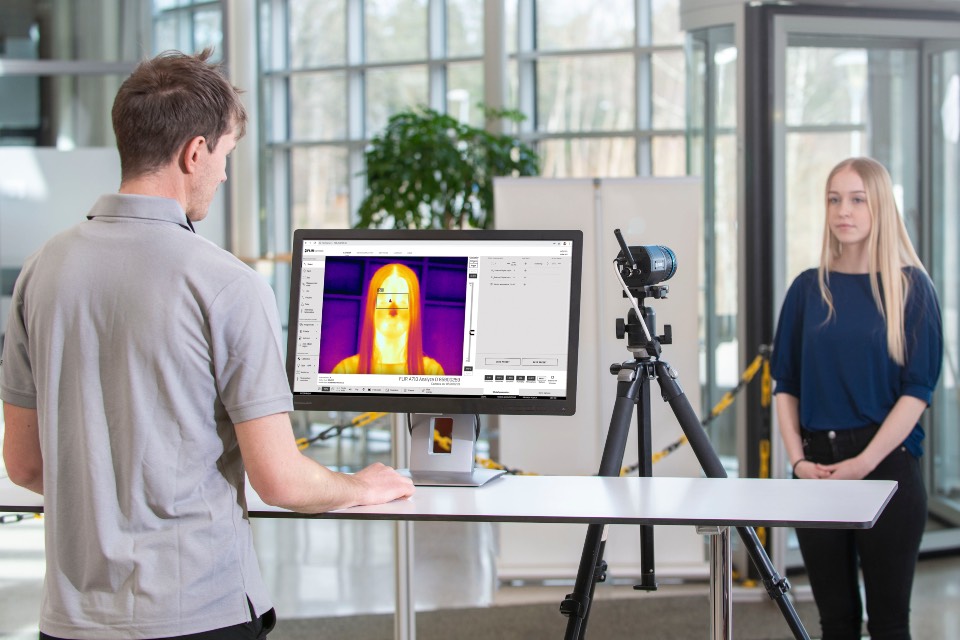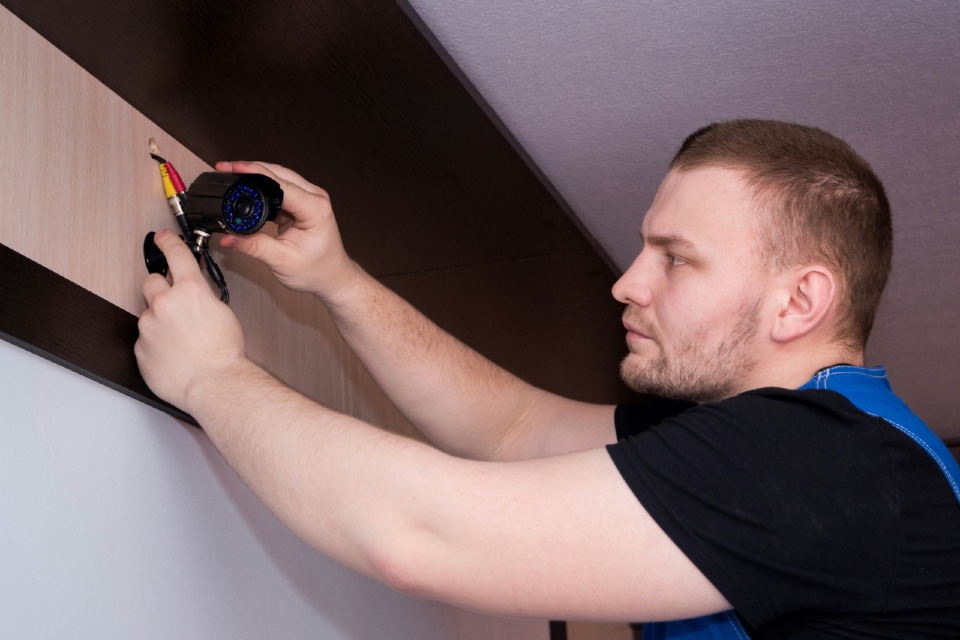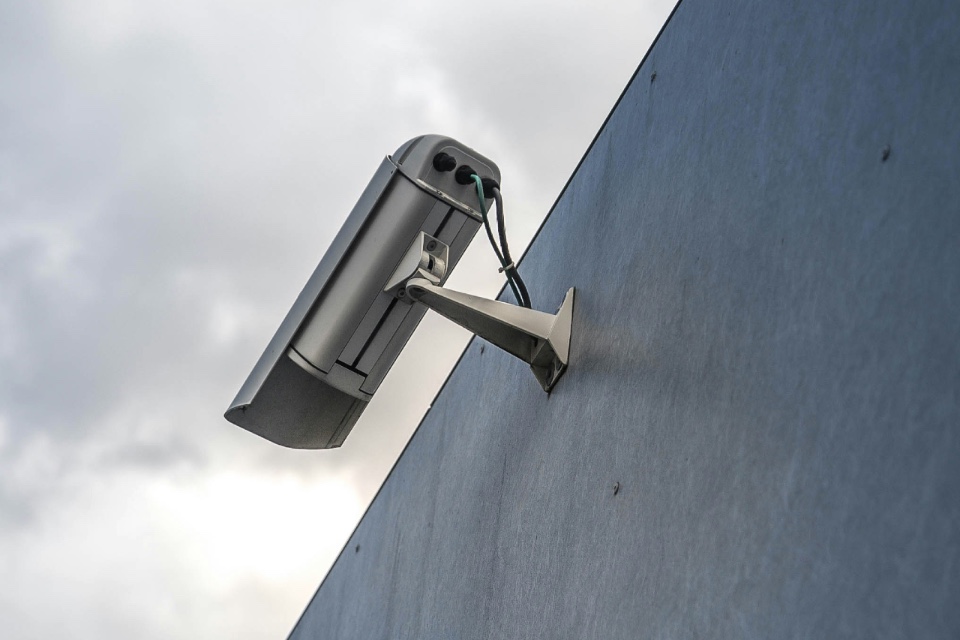By FLIR
Keeping workers and customers safe from the 2019 coronavirus disease (COVID-19) is an important goal for commercial businesses, industry, and government agencies during this pandemic. Most have already instituted some type of protective measure, whether it’s disinfecting equipment, encouraging hand washing, requiring six feet of distance between people, or any of the other recommendations for reducing risk. These methods help customers avoid potential contact with the virus and help businesses avoid unexpected shutdowns or loss of workforce due to illness.
Unfortunately, none of these measures can prevent a sick person from entering a shop or building. What’s needed is a fast method of screening workers and/ or customers for signs of a fever – one of the known symptoms of infection. FLIR thermal imaging cameras can be an important element of the solution by offering an easy, non-contact, frontline method of screening for elevated skin temperature.
Options for high-traffic areas
Beyond social distancing, hand washing, and asking people whether they’re experiencing symptoms, what are the most efficient options for helping to reduce risk of transmission? While the most comprehensive solution is to use medical device like a thermometer, there are several disadvantages: individual temperature checks require time, proximity, personnel to use the device, and protective gear to keep workers and other customers safe. A thermal imaging camera that can measure skin temperature from a safe distance would be more efficient and have less impact on throughput. Thermal screening can also reduce the number of people who need direct checks with a thermometer. Only those people who appear to have an elevated skin temperature would need secondary screening with a medical device.
Building thermal into your workplace
How would you incorporate this kind of imaging in your frontline screening plan? You could set up a FLIR thermal camera on a tripod at an entryway to screen people as they come in. Each person will need to stop briefly at a marked point in front of the camera for a quick screening.
Anyone monitoring the thermal image won’t really be able discern the person’s features or tell who it is. But they will be able to measure apparent skin temperature and see it displayed on screen. If the person’s skin temperature appears normal, they can proceed past the check station while the next person is screened.
Many FLIR thermal camera models include FLIR Screen-EST™ Mode, a built- in temperature screening that makes this process even easier. First, this mode can help you find the average skin
temperature for people moving through your location. This is important because ambient factors such as air conditioning, outside temperatures, and even time of day can affect body temperature. Based on this average, you can then see who appears to have a higher skin temperature. You can even set an audio or color alarm on the camera that will go off when the camera detects an above average temperature. From there, you will know who to check for a fever using a thermometer or other medical device.
In addition to on-camera screening mode, FLIR offers a desktop software that works in conjunction with the thermal camera further enhancing the screening process. FLIR Screen-EST™ Desktop Software has features like auto face detection and auto average sampling. Cameras are connected to the software by standard cabling or Wi-Fi.
Thermal camera’s can’t detect fever or illness
It’s important to understand that no thermal camera can diagnose illness or see a virus. They also should not be relied upon to determine if someone has a fever. What thermal cameras can do is tell you whether the person being screened is displaying an above-normal skin temperature. That means you can screen a lot of individuals quickly and only pull aside those who appear to have a high skin temperature for secondary checks with a medical device.
More to explore
FLIR has many resources to help you better understand thermal imaging for elevated skin temperature screening, including camera recommendations, tips for using screening mode, and an FAQ page.
To learn more, go to FLIR.com/EHS






